萨迦寺
( Sakya Monastery )
Sakya Monastery (Tibetan: ས་སྐྱ་དགོན་པ།, Wylie: sa skya dgon pa), also known as Pel Sakya (Tibetan: དཔལ་ས་སྐྱ།, Wylie: dpal sa skya; "White Earth" or "Pale Earth") is a Buddhist monastery situated in Sa'gya Town (ས་སྐྱ་), Sa'gya County, about 127 kilometres (79 mi) west of Shigatse in the Tibet Autonomous Region. The monastery is considered as the seat of the Sakya (or Sakyapa) school of Tibetan Buddhism.
Sakya Monastery was founded in 1073, by Khön Könchok Gyalpo (Tibetan: དཀོན་མཆོག་རྒྱལ་པོ།, Wylie: dkon mchog rgyal po; 1034–1102), originally a Nyingmapa monk of the powerful noble family of the Tsang, who became the first Sakya Trizin.[1]
The "southern monastery" was founded under the orders of Drogön Chögyal Phagpa in 1268, across a river from the earlier structures. 130,000 workers were reportedly drafted for its construction.[2] Its powerful abbots governed Tibet during the 13th and the 14th centuries under the overlordship of the Mongol Yuan dynasty after the downfall of the Tibetan Empire, until they were eclipsed by the rise of the new Kagyu and Gelug schools of Tibetan Buddhism. Most of the southern monastery was burned down in the 16th century. It was only restored to its previous size in 1948.[2]
Its architecture is quite different from that of temples in Lhasa and Yarlung. The only surviving ancient building is the Lhakang Chempo or Sibgon Trulpa. Originally a cave in the mountainside, it was built in 1268 by dpon-chen Sakya Sangpo and restored in the 16th century. It contains some of the most magnificent surviving artwork in all of Tibet, which appears not to have been damaged in recent times. The Gompa grounds cover more than 18,000 square metres, while the huge main hall covers some 6,000 square metres.[3][4][5]
After the March 10th, 1959 Lhasa uprising to protect the 14th Dalai Lama from the Communist Chinese People's Liberation Army, the majority of Sakya Monastery's monks were forced to leave. As Namkhai Norbu states in his book; "previously there were about five hundred monks in the Great Sakya Monastery, but by the end of 1959 only 36 aged monks remained."[6] The northern monastery was destroyed during the Cultural Revolution, while the southern half escaped from destruction. The monastery was renovated and rebuilt in 2002.[2]
Das Sharat Chandra writes:
As to the great library of Sakya, it is on shelves along the walls of the great hall of the Lhakhang chen-po. There are preserved here many volumes written in gold letters; the pages are six feet long by eighteen inches in breadth. In the margin of each page are illuminations, and the first four volumes have in them pictures of the thousand Buddhas. These books are bound in iron. They were prepared under orders of the Emperor Kublai Khan, and presented to the Phagpa lama on his second visit to Beijing.
There is also preserved in this temple a conch shell with whorls turning from left to right [in Tibetan, Ya chyü dungkar ], a present from Kublai to Phagpa. It is only blown by the lamas when the request is accompanied by a present of seven ounces of silver; but to blow it, or have it blown, is held to be an act of great merit."[7]

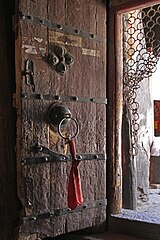
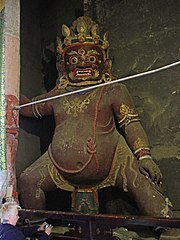
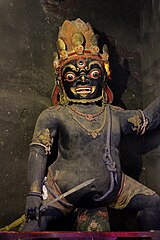

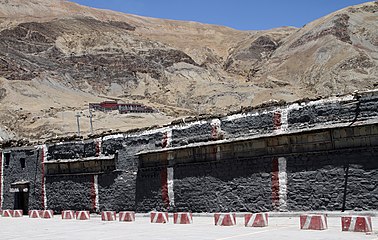





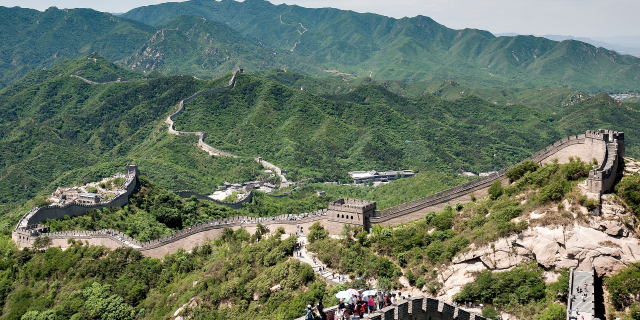



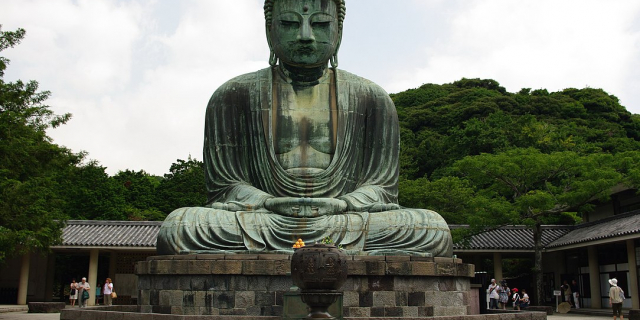



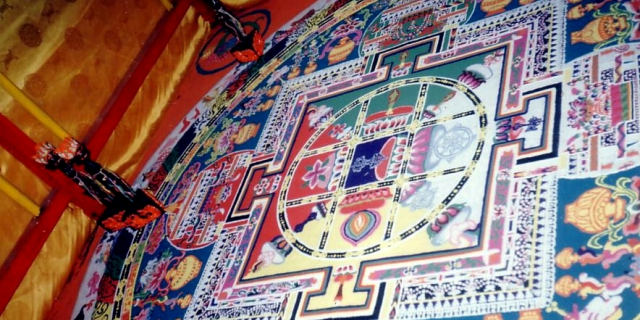
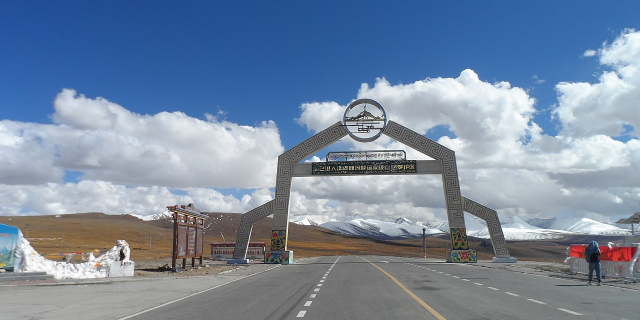

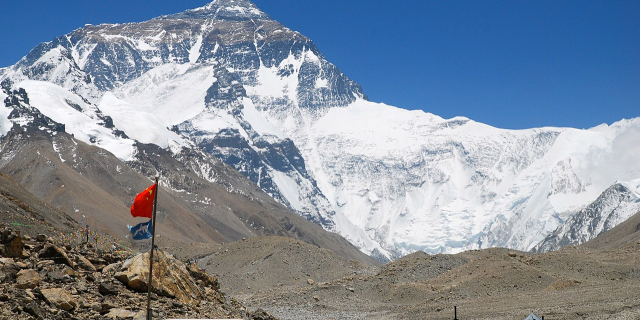

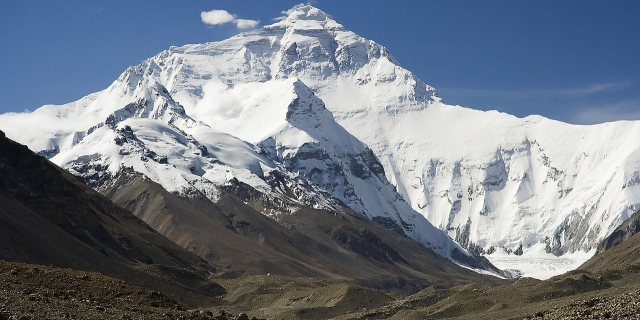


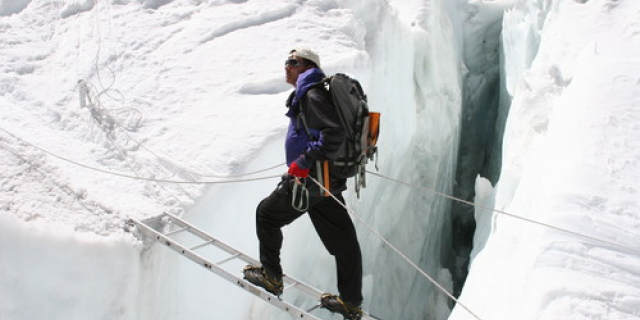
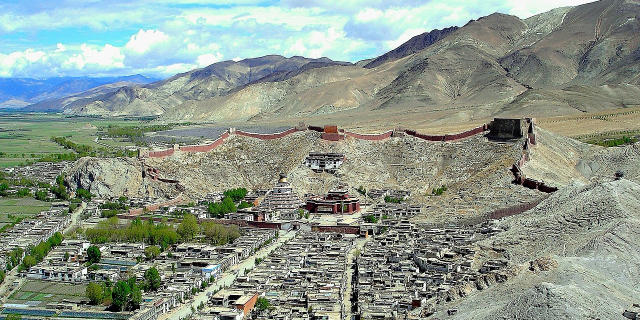


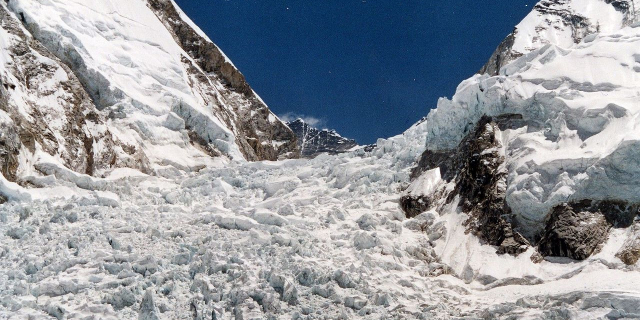
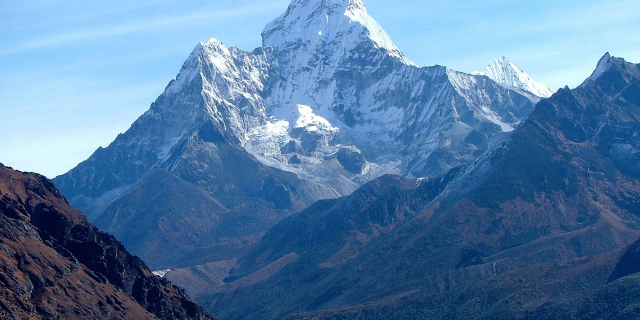
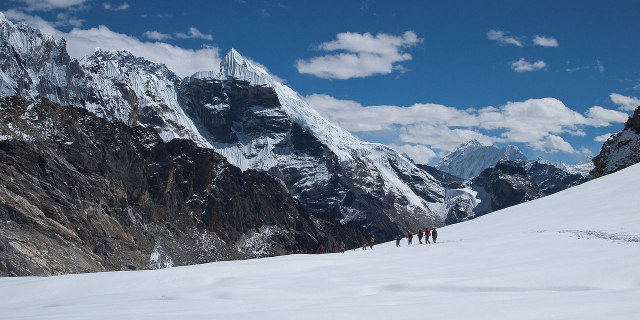

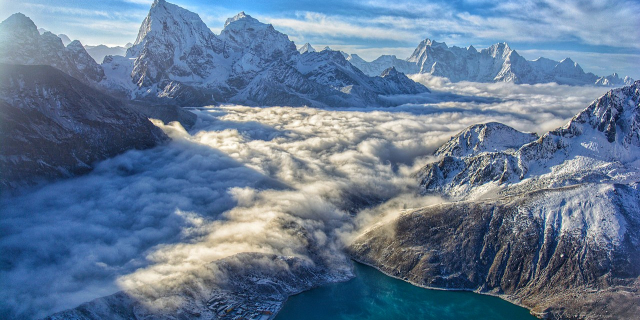

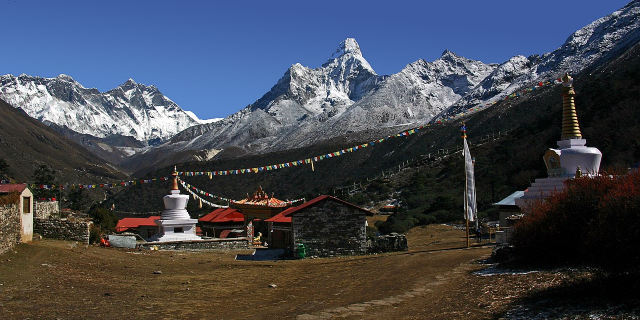
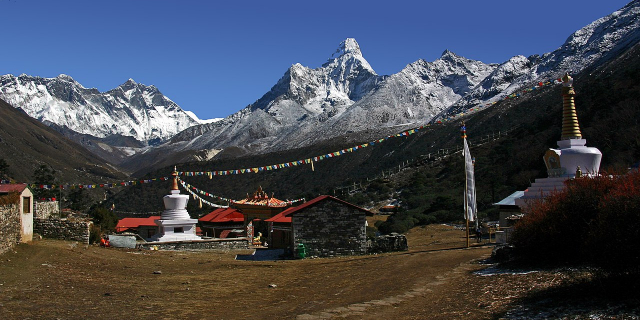

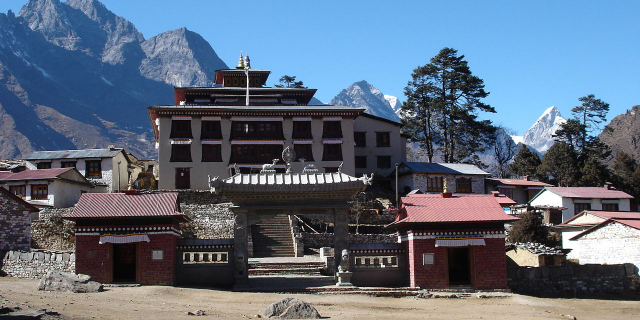


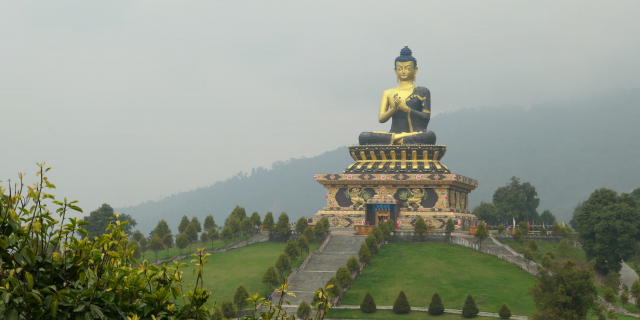
Add new comment